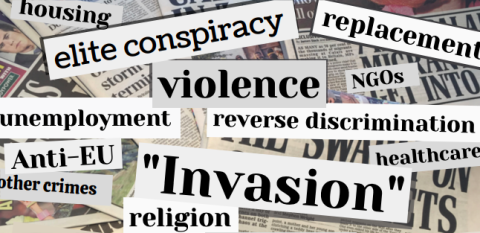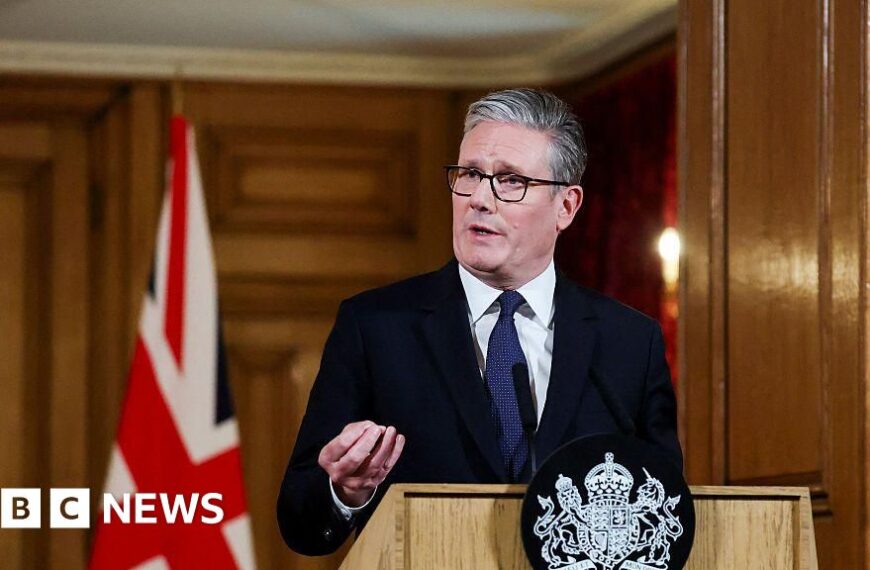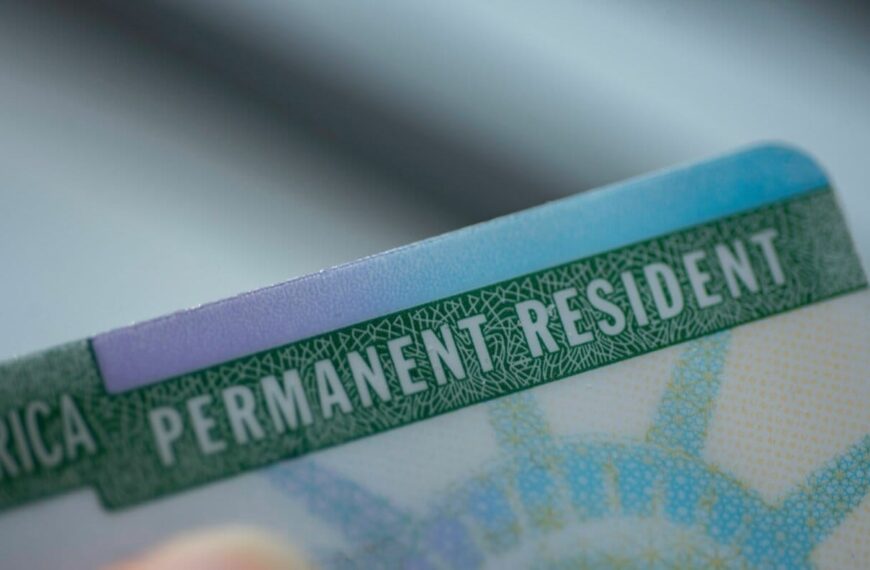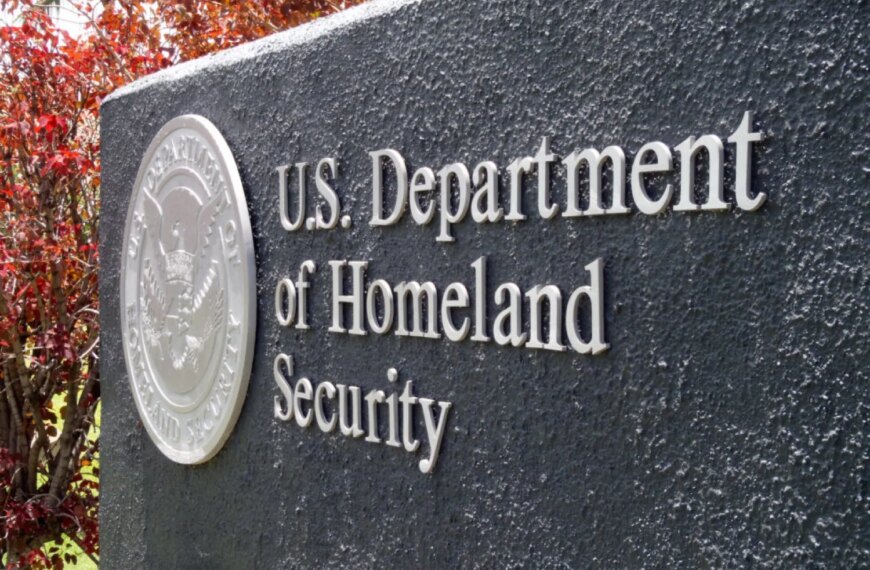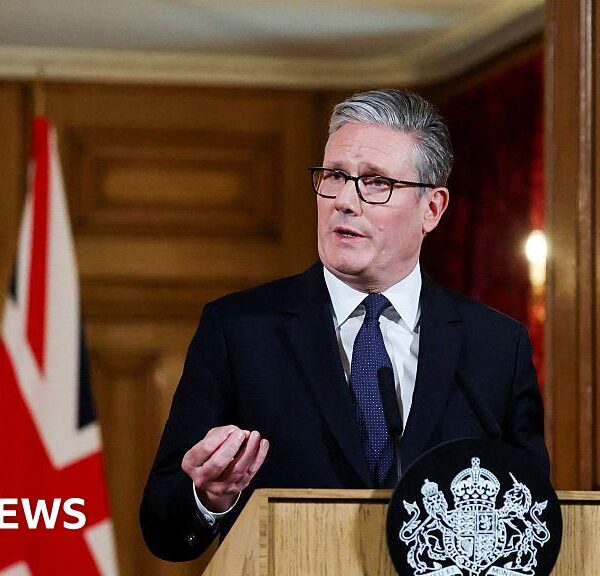Understanding Migrant Entries in Poland: A Fact-Check
In recent months, the topic of migration has sparked intense debates across Europe, particularly regarding the rising number of migrants seeking refuge in various countries. Poland has been at the forefront of these discussions, with claims about migrants allegedly entering the country illegally while citizens are asleep. This article aims to dissect these claims, providing clarity and factual insights into the situation surrounding migration in Poland.
The Context of Migration in Poland
Migration patterns in Poland have been influenced by various global factors, including conflict, poverty, and political instability in neighboring regions. As a member of the European Union, Poland has seen an influx of migrants, particularly from countries such as Ukraine, Belarus, and further afield.
However, the narrative that migrants are entering Poland under the cover of night has led to widespread misconceptions and fear among the local population. It is crucial to analyze the facts surrounding these claims to understand the true nature of migration in Poland.
Debunking the Myths
Myth 1: Migrants are entering Poland illegally at night.
This claim has been sensationalized by various media outlets and social media platforms, often depicting a scenario where migrants are sneaking across the border while Polish citizens are sleeping, creating an atmosphere of fear and uncertainty. However, data and reports from border officials indicate that most migrants are either seeking asylum through official channels or are already in transit through Poland on their way to other EU countries.
Myth 2: The Polish government is ignoring the issue.
Contrary to this belief, the Polish government has been actively involved in managing migration. This includes implementing border controls and working with EU partners to address the challenges posed by irregular migration. Additionally, Poland has increased its border security measures, which include surveillance and patrols, to monitor and manage migrant entries more effectively.
The Reality of Migrant Arrivals
The reality is that while some irregular migration does occur, the majority of migrants are following legal procedures to enter Poland. Recent statistics show that:
This paints a picture of a more organized migration process rather than the chaotic and illegal entries often depicted in sensationalist narratives.
Impact on Polish Society
The migration issue has profound implications for Polish society. While some citizens express concerns about the potential strain on public services and resources, others recognize the contributions that migrants make to the economy and cultural diversity.
Benefits of Migration:
It is essential to recognize that migration can have both challenges and benefits, and an informed dialogue is necessary to navigate this complex issue effectively.
The Role of Media and Misinformation
The role of media in shaping public perceptions of migration cannot be understated. In the age of information overload, sensationalist headlines can easily distort reality, leading to increased fear and misunderstanding among the populace.
Steps to Combat Misinformation:
By addressing misinformation and fostering informed discussions, society can work towards a more nuanced understanding of migration issues.
The Path Forward
As Poland continues to navigate the complex landscape of migration, it is vital for both the government and citizens to engage in open dialogues about the realities of migrant arrivals.
Key Considerations for the Future:
By taking these steps, Poland can ensure that it remains a welcoming destination for those in need while maintaining the safety and security of its citizens.
Conclusion
The narrative surrounding migrants entering Poland during the night is largely exaggerated and sensationalized. By focusing on facts and fostering informed discussions, we can work towards a more balanced understanding of migration and its implications for Polish society. It is essential to remain committed to a fact-based approach as we navigate the complexities of migration, ensuring that both migrants and citizens can coexist in a safe and prosperous environment.

